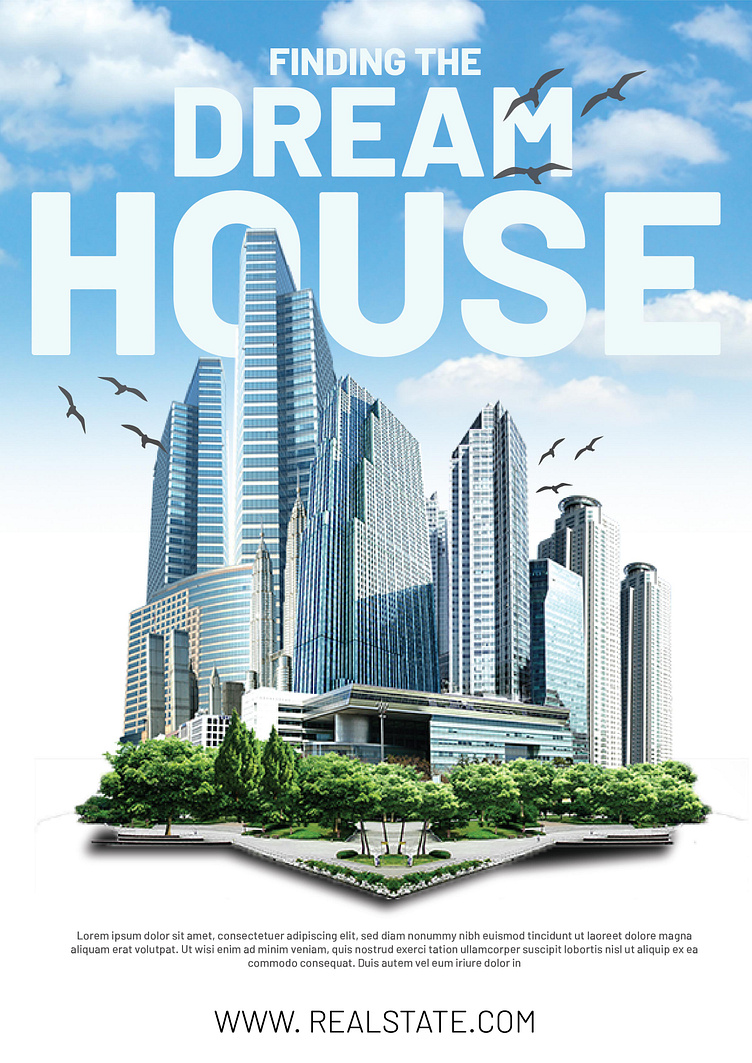FLYER DESIGN
Creating an effective flyer design requires careful consideration of various elements to convey your message clearly and attract your target audience. Here's a description of the key aspects to include in a flyer design:
Purpose and Message:
Begin by defining the purpose of your flyer. Is it for promoting an event, advertising a product or service, or providing information?
Clearly articulate your main message or call to action. This should be the central focus of your flyer.
Layout and Format:
Choose a suitable layout and format for your flyer. Common sizes include letter-sized (8.5" x 11"), A5, or custom dimensions.
Consider whether it will be a single-sided or double-sided flyer.
Typography:
Select easy-to-read fonts that match your brand's style. Use a maximum of two or three font styles for consistency.
Ensure proper font sizes, with headings larger than body text for hierarchy.
Images and Graphics:
Incorporate relevant and high-quality images or graphics. Use visuals that support your message and capture attention.
Ensure that images are clear and not pixelated when printed.
Color Scheme:
Stick to a consistent color scheme that aligns with your brand or the event's theme.
Consider the psychology of colors and how they can convey emotions or messages.
Whitespace:
Leave enough whitespace to avoid clutter. White space helps readers focus on the important information.
Balance text and visuals with empty space for a clean and organized look.
Headline and Subheadings:
Craft a compelling headline that summarizes your message succinctly.
Use subheadings to break down information into digestible sections.
Bullets and Lists:
Use bullet points or lists to highlight key details, benefits, or features.
Lists make it easier for readers to scan and absorb information quickly.
Contact Information:
Include essential contact details such as your website, phone number, email, and physical address.
Ensure this information is prominently displayed and easy to find.
Call to Action (CTA):
Clearly state the desired action you want your audience to take, such as "Buy Now," "Register Today," or "Visit Our Store."
Make the CTA stand out using contrasting colors or fonts.
QR Codes or Short URLs:
If applicable, include QR codes or short URLs that lead to more information or online resources related to your flyer's content.
Branding:
Incorporate your company or event branding elements, such as logos, slogans, and taglines.
Ensure brand consistency throughout the flyer.
Proofreading and Editing:
Carefully proofread all text for spelling and grammar errors.
Check all details, including dates, times, and addresses, for accuracy.
Print-Ready Format:
Prepare your flyer in a print-ready format, with proper margins, bleeds, and resolution (usually 300 DPI).
Save the file in a suitable format, such as PDF, to maintain design integrity.
Testing and Feedback:
Before mass printing, print a test copy to ensure colors and layout appear as expected.
Seek feedback from colleagues or friends to identify any potential improvements.
Remember that a successful flyer design not only looks visually appealing but also effectively communicates your message to your target audience. Tailor your design choices to match the specific goals and preferences of your audience and your brand.
